black sesame seeds, Japanese cuisine, japanese food, sesame seeds, white sesame seeds
Black Sesame Seeds vs White: What’s Better? | Health Benefits
Bianca Bache
Posted on September 29, 2022
Share:
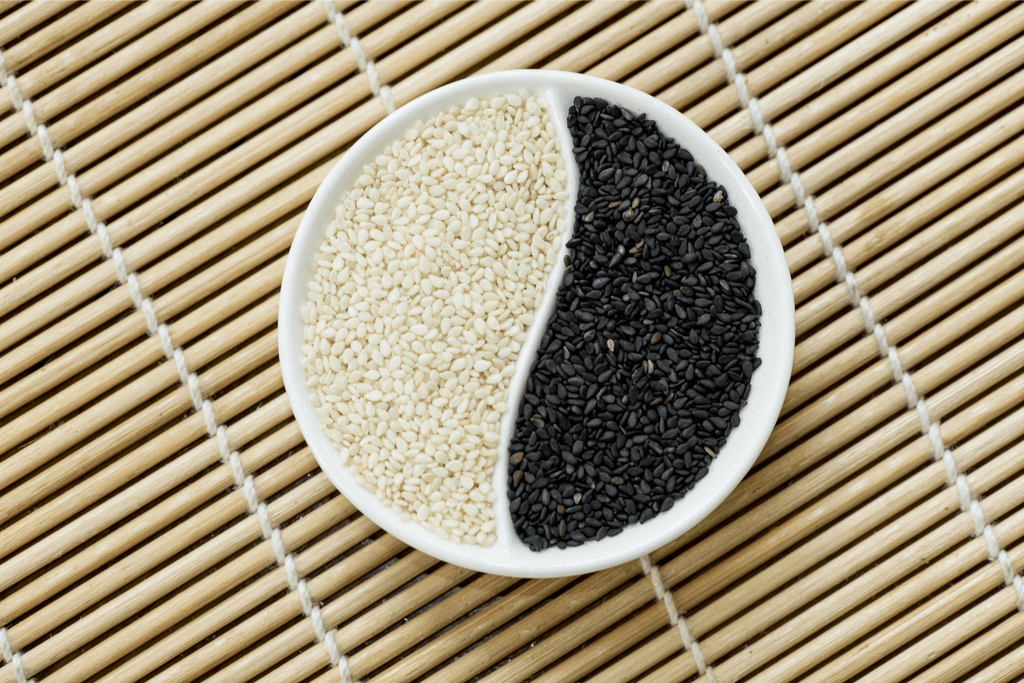
Sesame seeds are an essential part of many cuisines across the globe. They can be seen atop hamburger buns, crackers, and bread. They are the critical ingredient for foods like hummus, tahini, halva, and sesame oil. Whether on the outside or the inside of your food, there is no disputing that they are an integral part of cooking. The tear-shaped seeds have a subtle mild, nutty, sweet flavor and many health benefits.
No wonder they have made their way into modern cooking and become an essential ingredient in many diets. But when it comes to which is the best, which is better, black sesame seeds or white sesame seeds?
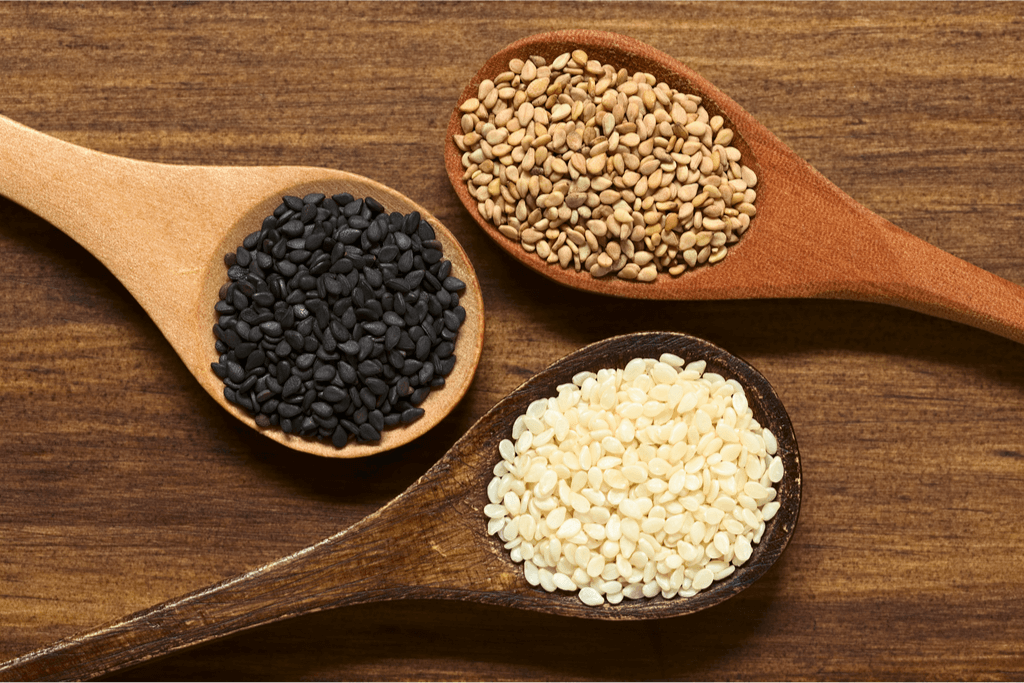
Sesame History
The sesame plant, or sesamum indicum, likely originated in Asia or Eastern Africa thousands of years ago. It is known that ancient Egyptians used ground seed as grain flour, and around 5000 years ago in China, the seed oil was burned to make soot for writing ink. It was once thought to have magical properties and lends itself to the popular expression “open sesame” from the Arabian Nights tale of “Ali Baba and the Forty Thieves.”
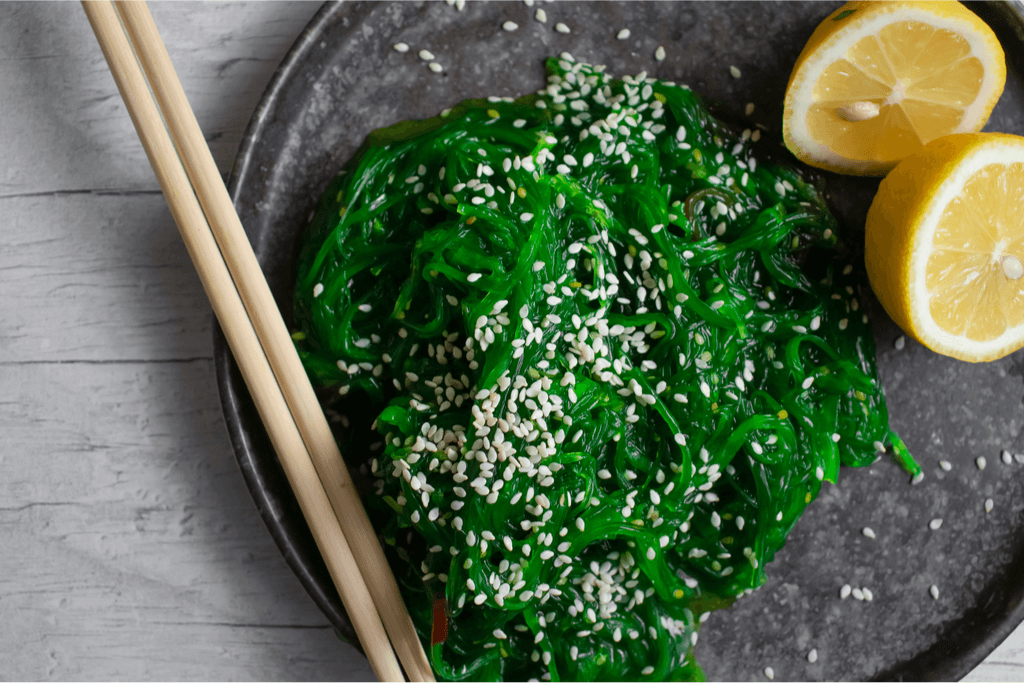
Sesame Seeds in Japan
When Japanese cuisine flavors are thought of, more often than not, it’s associated with soy sauces, miso, dashi, and yuzu. But just as important and sometimes overlooked is sesame flavoring. In Japan, sesame plays an essential role in meals.
The seeds and oil is used in appetizers like goma ae – sesame salad, and main meals like stir fries and sushi. Traditional snacks that can be traced back hundreds of years also use them. Snacks like karinto and okaki were originally manufactured to replace the luxury of sugar. Even now, these treats are still enjoyed.
They can also be found in furikake, which is a traditional form of Japanese seasoning.
In addition, Buddhist monks in Japan who follow the Shojin Ryori diet – a strict specialty diet that Buddhist monks follow created gomadofu. Gomadofu is made of ground sesame paste, water, and kudzu (arrowroot). This dish is often eaten at the beginning of a meal by Buddhist monks following a traditional vegan or vegetarian diet.
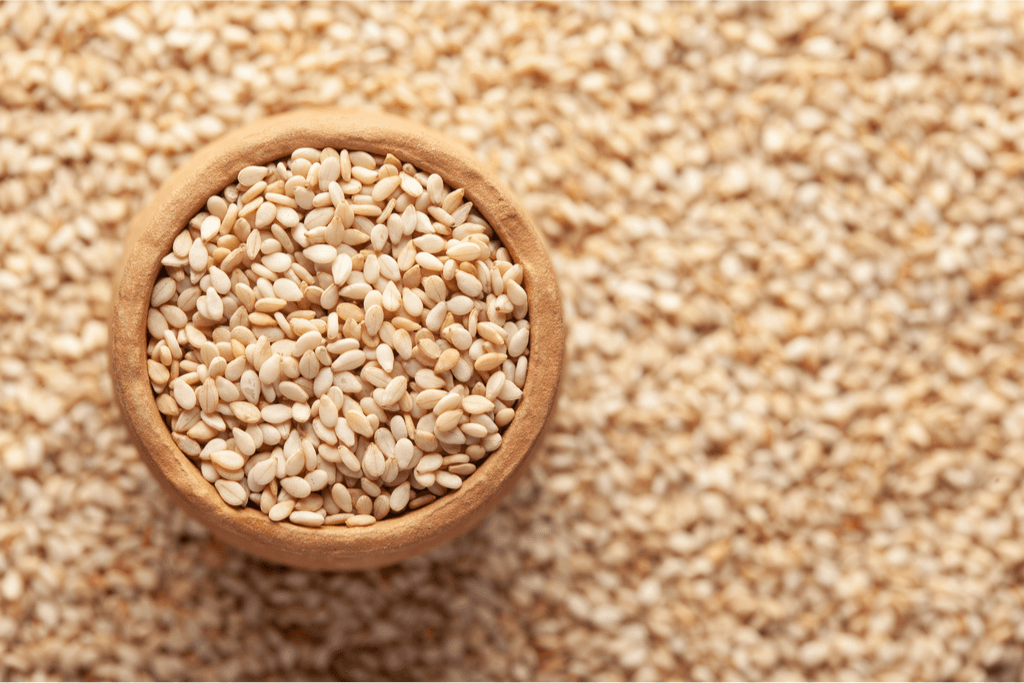
Looking to experience even more traditional Japanese flavors? Check out Sakuraco! Sakuraco sends traditional Japanese sweets, snacks, home goods, and tea straight to your door.
Sesame Seed Varieties
Sesame seeds are usually categorized by their color, brown, black, tan, and white. Typically brown, black, and tan colored ones are unhulled varieties. White ones, more commonly seen on hamburgers, are the hulled varieties.
The main difference between the hulled and unhulled types is their physical appearance, also called the shell or husk. Unhulled seeds are prepared in their most natural state with their intact shell, whereas hulled seeds have their hulls removed, revealing the white inner part of the seed.
The hull, as a standalone, contains more micronutrients overall. However, the flavor is slightly more bitter and, therefore, not preferred by everyone. Hence why most commonly, the white seeds can be seen adorned over pastries and bread.
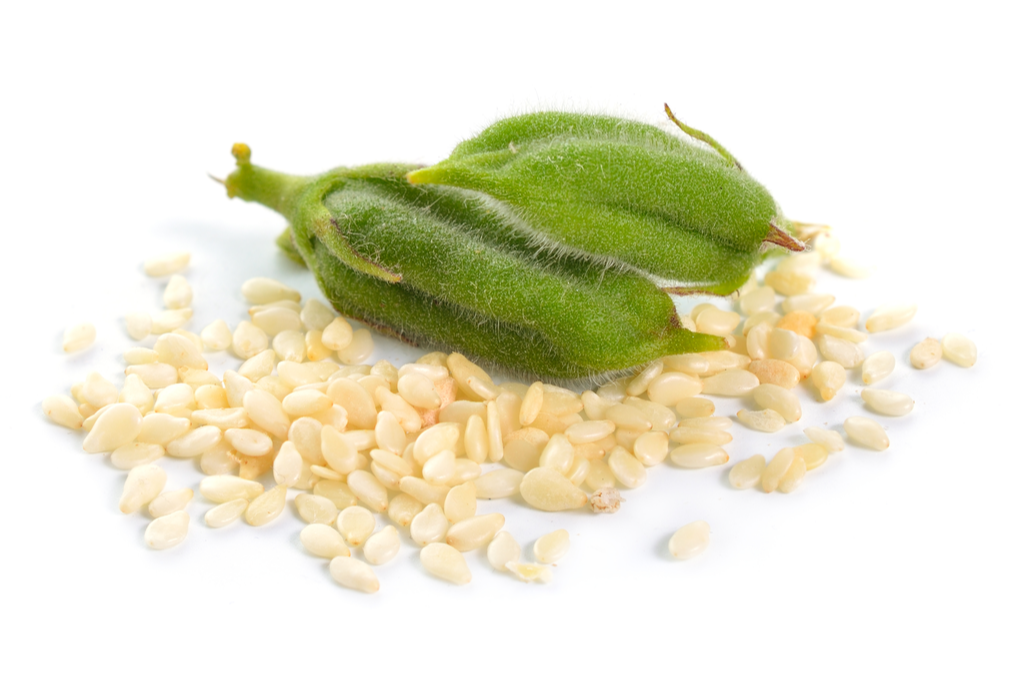
What are the Health Benefits of Black & White Sesame Seeds?
Black and white sesame seeds are very good for you, providing a myriad of health benefits. They are rich in protein and are a good source of fiber. Studies have shown that they may help lower cholesterol and reduce the risk of high blood pressure due to calcium and magnesium. Other benefits lie in how they can lower blood sugar levels, the risk of inflammation, and increase bone health support. Their nutritional properties provide calcium, B vitamins, vitamin E, and antioxidants. It’s easy to see why these wonder seeds are sprinkled over many dishes in and out of Japan!
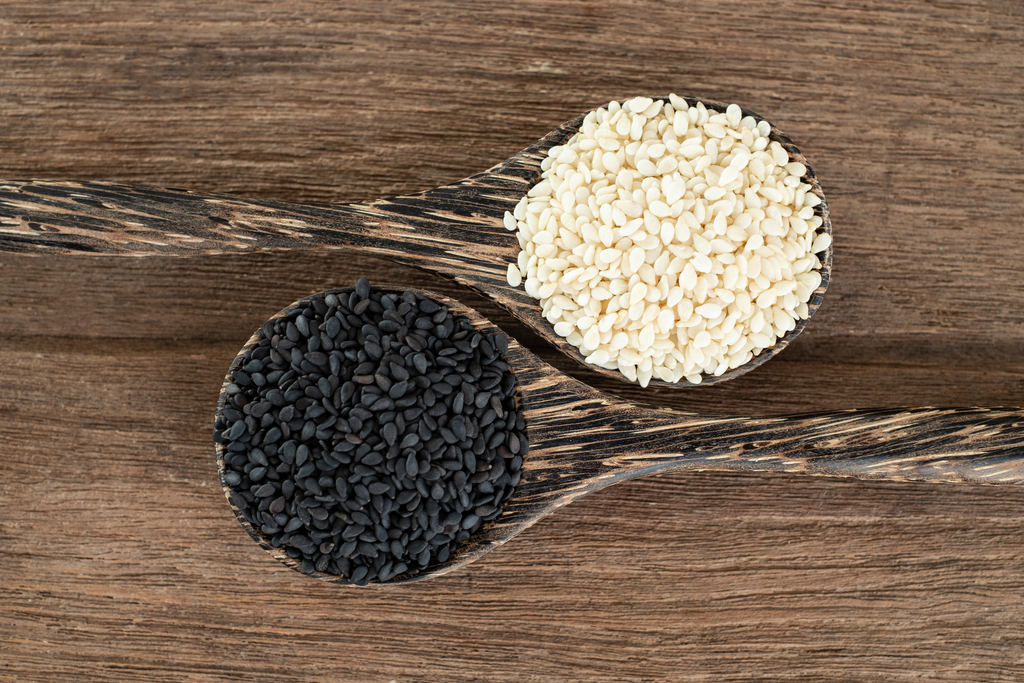
Black and white sesame seeds have great nutritional value and add to most diets. Image via Shutterstock
Black or White Sesame Seeds?
Distinguishing between black sesame seeds vs white through their differences is pretty difficult past the color comparison. The black sesame has more of a nutty and rustic taste compared to its white counterpart. This is mostly due to the hull removal process that the white sesame has undergone.
The black ones have slightly higher nutritional value and benefits than the white ones. This again is due to the dehulling process where some micronutrients are kept. When it comes to figuring out which is better for you, it comes down to personal preference and availability!
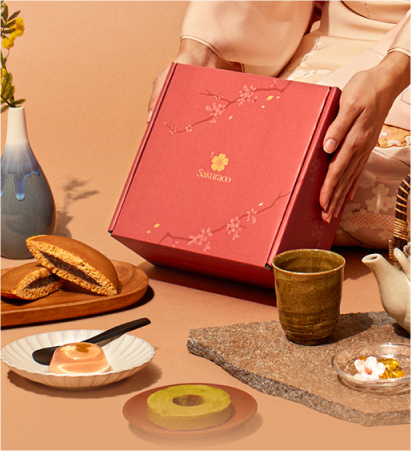
Discover authentic flavors with Sakuraco
Get Sakuraco 

Discover authentic flavors with Sakuraco
Get Sakuraco 
Related Articles
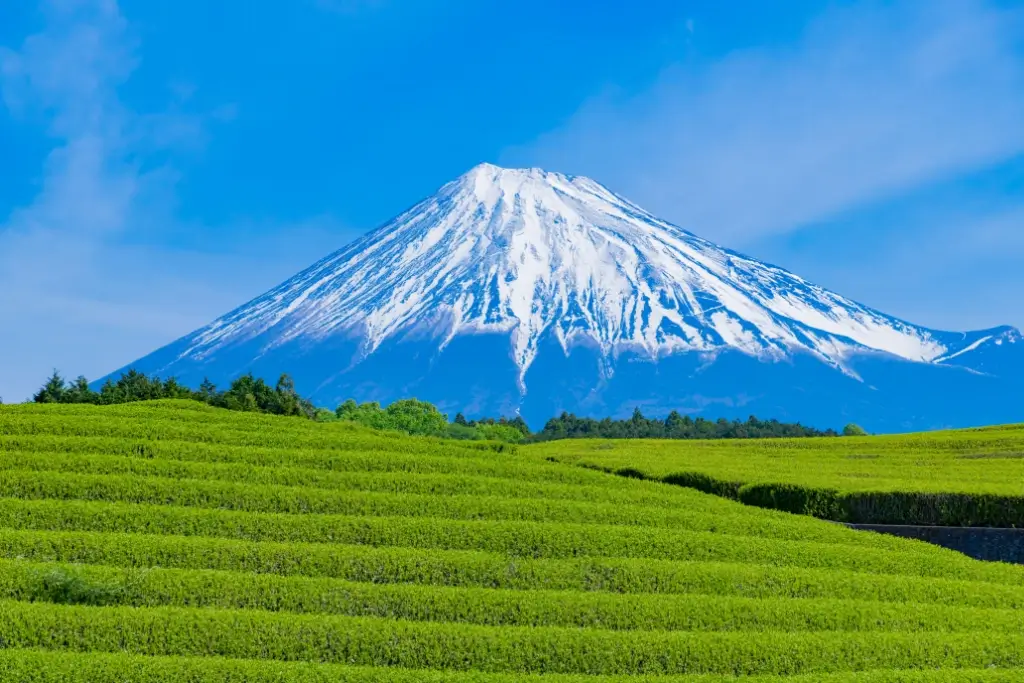
Mount Fuji Tour: Great Adventures Await You This Summer!
Mount Fuji is one of the most famous landmarks in Japan. People worldwide visit to see its beauty and enjoy exciting yearly outdoor activities!
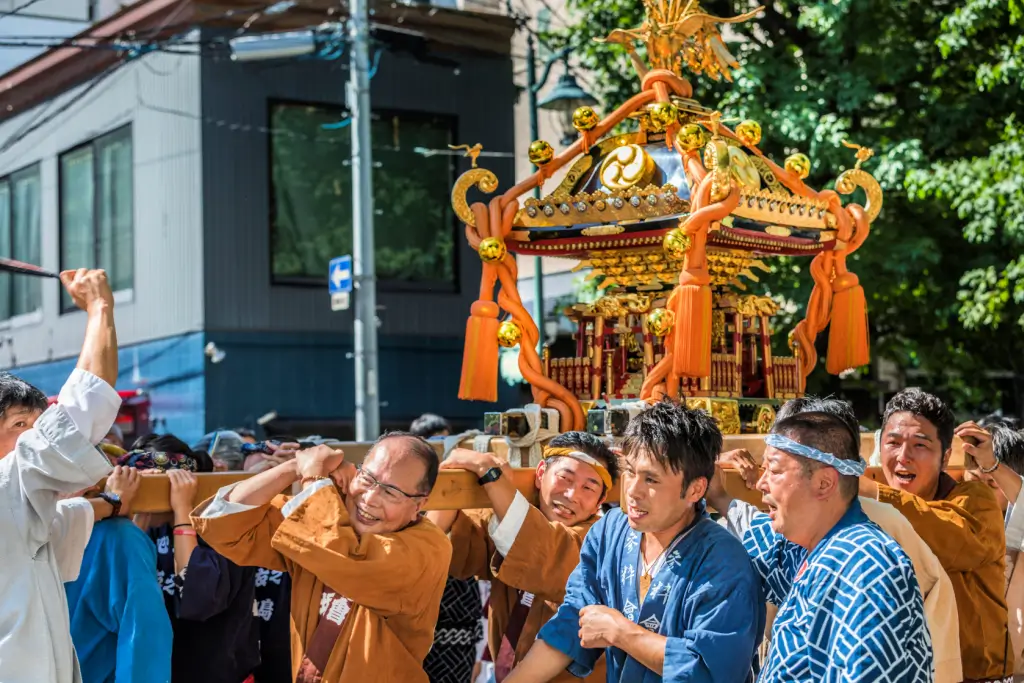
Mikoshi: Why Are These Portable Shrines So Important?
Japan’s summer festivals are known for their energy, color, and tradition. And at the heart of many lies the mikoshi.

Takachiho Gorge and More Natural Wonders from Kyushu
Kyushu is the southernmost main island in the Japanese archipelago. It is most well-known for its food, but is less famous for its natural beauty. The island contains many landscapes, including serene waters, soothing hot springs, and dramatic rock formations like Takachiho Gorge.

Kitakyushu to Kagoshima: An Amazing Kyushu City Tour!
Visiting these cities can help you understand more deeply how the past and present come together in everyday life. So let’s explore five of the most beloved cities on this fantastic island, starting from Kitakyushu!



